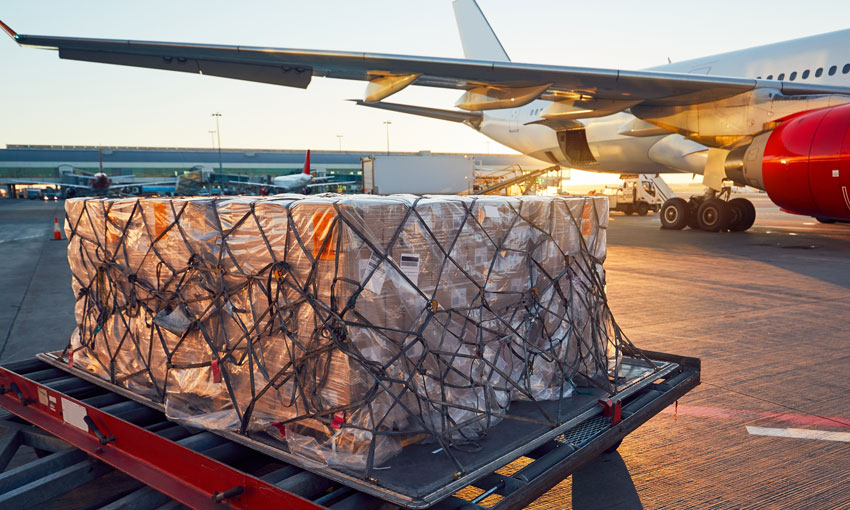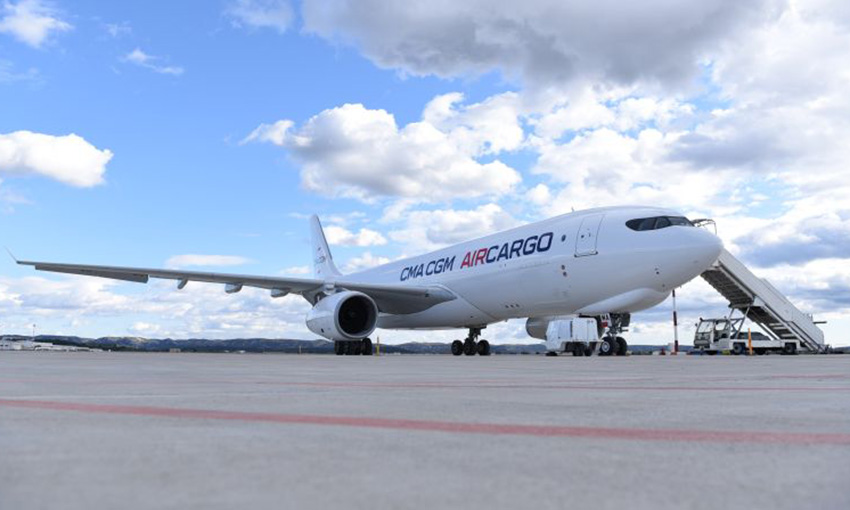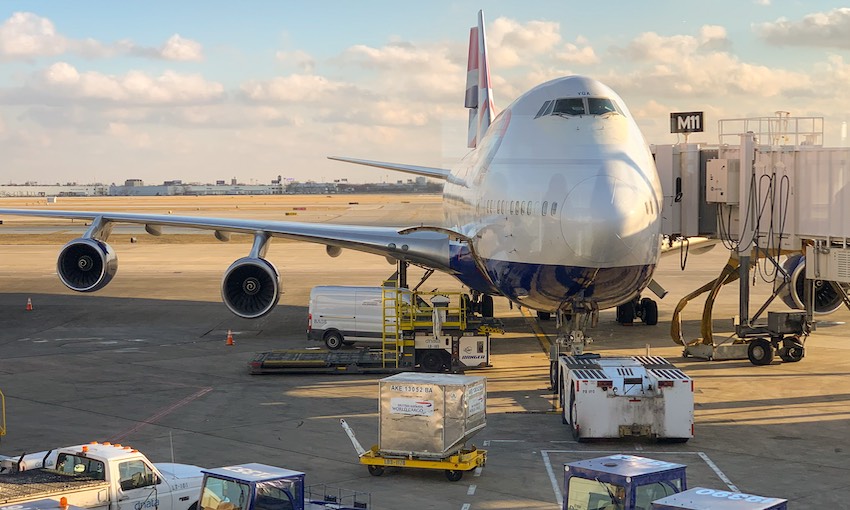GLOBAL air cargo market data for August has highlighted the industry’s resilience amid economic uncertainties, according to the International Air Transport Association.
The latest data from IATA indicates global demand, measured in cargo tonne-kilometres, fell 8.3% compared to August 2021 (-9.3% for international operations).
These figures were a slight improvement on the year-on-year decline of 9.7% seen in July this year.
Capacity was 6.3% higher than it was in August last year (+6.1% for international operations), a significant expansion over the 3.6% year-on-year increase in July.
IATA identified several factors in the operating environment that influenced data, such as global goods and trade expanding slightly in August and the additional easing of Covid restrictions in China.
The association said the maritime industry would be the main beneficiary of these developments, but air cargo is also expected to receive a boost.
Also, inflation levels in G7 countries slowed for the first time since November 2020, oil prices stabilised in August and new export orders decreased in leading economies in all regions except the United States.
IATA director general Willie Walsh said cargo volumes are tracking below the exceptional performance of 2021 but have been relatively stable in the face of economic uncertainties and geopolitical conflicts.
“Market signals remain mixed. August presented several indicators with upside potential: oil prices stabilised, inflation slowed and there was a slight expansion in goods traded globally.
“But the decrease in new export orders in all markets except the US tells us that developments in the months ahead will need to be watched carefully.”
In the Asia-Pacific, airlines reportedly saw air cargo volumes decrease by 8.3% in August this year compared to the same month in 2021. However, this was an improvement over the 9% decline in July.
Airlines in the region benefited from slightly increased levels of trade and manufacturing activity due to the easing of Covid restrictions in China.
Available capacity in the region increased 13.9% compared to August 2021, a significant increase over the 2.7% growth in July.
North American carriers posted a 3.4% decrease in cargo volumes in August 2022 compared to the same month last year. IATA noted the improvement over the 5.7% decline in July.
The lifting of restrictions in China improved demand in the region, and a further boost is expected in the coming months. Capacity was up 5.7% compared to August 2021.
European carriers saw a 15.1% decrease in cargo volumes in August 2022 compared to the same month a year earlier.
According to IATA, this was the worst performance of all regions for the fourth month in a row, and attributable to the war in Ukraine.
Labour shortages and high inflation levels, most notably in Turkey, also affected volumes. Capacity increased 0.4% in August this year compared to August 2021.
In the Middle East, carriers experienced an 11.3% year-on-year decrease in cargo volumes in August.
Stagnant cargo volumes to and from Europe impacted the region’s performance and capacity was down 0.1% compared to August 2021.
Latin American carriers reported an increase of 9.0% in cargo volumes in August 2022 compared to August 2021, making it the strongest performance of all regions.
Airlines in this region have introduced new services and capacity, and in some cases have invested in additional aircraft for air cargo in the coming months. Capacity in August was up 24.3% compared to the same month in 2021.
And finally, African airlines saw cargo volumes increase by 1.0% in August 2022 compared to the same month last year.
IATA described this as a significant improvement on growth recorded the previous month (-3.5%). Capacity was 1.4% below August 2021 levels.





